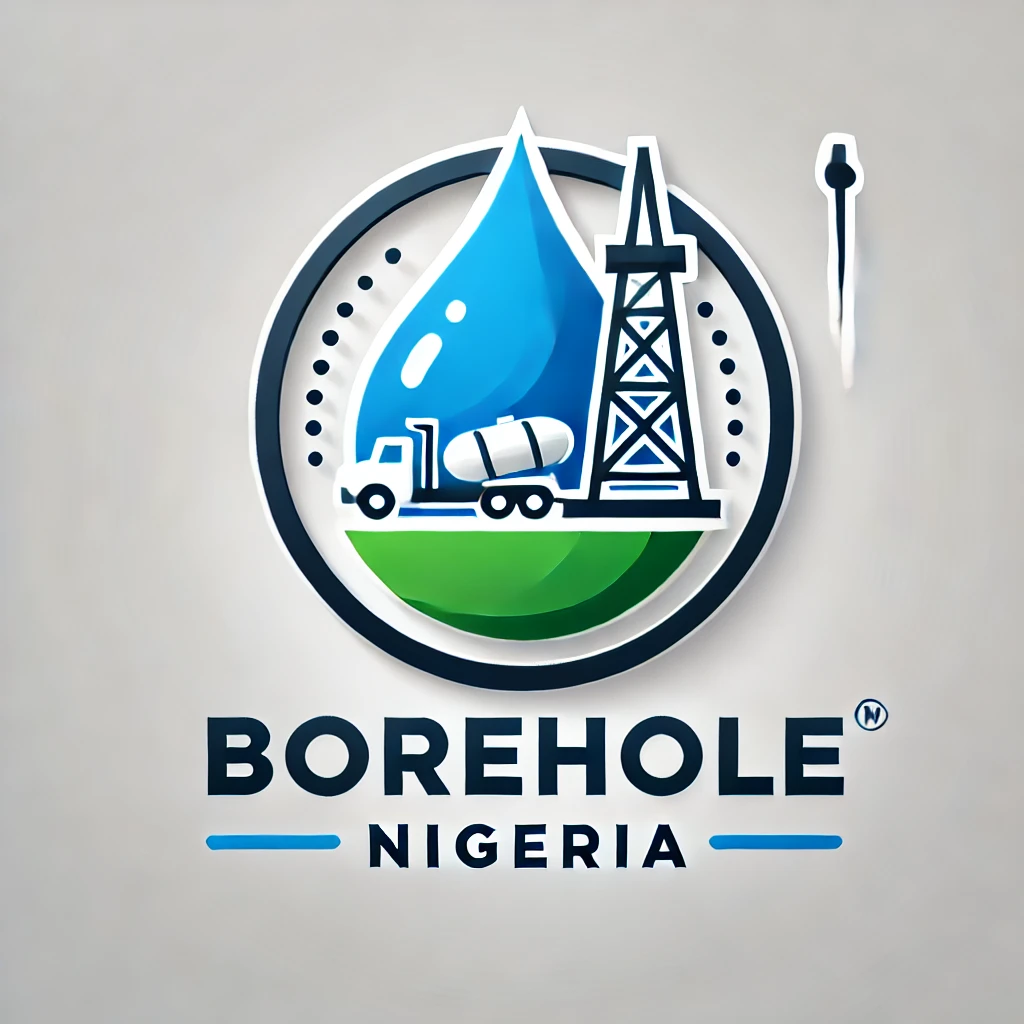The cost to drill an oil well can vary significantly based on a variety of factors such as location, depth, type of well, and market conditions. Drilling an oil well is a complex, capital-intensive process that often requires millions of dollars in investment. Here’s a detailed breakdown of what you need to know about the cost of drilling an oil well:
1. Average Cost of Drilling an Oil Well
- Onshore Wells: The cost to drill an onshore oil well typically ranges from $2 million to $10 million per well. The actual cost depends on the depth of the well and the geological complexity.
- Offshore Wells: Offshore oil wells are significantly more expensive, with costs ranging from $30 million to over $100 million per well. Ultra-deepwater wells, drilled at depths of over 5,000 feet, can cost over $200 million.
2. Factors Influencing the Cost of Drilling an Oil Well
- Depth of the Well: Deeper wells require more time, advanced technology, and equipment. Shallow wells (less than 6,000 feet) are less expensive, while deep wells (over 10,000 feet) increase costs exponentially.
- Location and Terrain: The geographical location plays a significant role. Wells drilled in challenging terrains such as mountainous regions, deserts, or environmentally sensitive areas require special equipment and increase costs.
- Type of Well: Vertical wells are generally less expensive to drill compared to directional or horizontal wells. Horizontal wells, which increase the well’s exposure to the oil reservoir, can cost up to 50-60% more than vertical wells.
- Geological Conditions: Hard rock formations, high-pressure zones, and the presence of water or gas can significantly increase drilling complexity and cost.
- Rig Type and Day Rates: The type of drilling rig used (land rigs, jack-up rigs, semi-submersibles, or drillships) also affects costs. Rig day rates can range from $20,000 per day for small onshore rigs to $500,000 per day for advanced offshore rigs.
3. Breakdown of Drilling Costs
- Pre-Drilling Costs: Includes costs for leasing the land, obtaining permits, conducting seismic surveys, and environmental impact studies. This can range from $500,000 to $5 million depending on location and regulatory requirements.
- Drilling and Completion Costs: This is the largest expense category and includes:
- Drilling Costs: Includes the cost of the drilling rig, crew, fuel, mud, casing, and cementing. The drilling phase can range from $1 million to $50 million or more.
- Completion Costs: Once the well is drilled, it must be completed to allow oil to flow. This involves perforating the well, installing production tubing, and potentially hydraulic fracturing (fracking) for shale wells. Completion costs can range from $500,000 to $10 million or more.
- Well Stimulation (Fracking): For unconventional oil wells, like those in shale formations, hydraulic fracturing is often required. Fracking can add an additional $5 million to $15 million per well.
- Production Infrastructure: Building infrastructure such as pipelines, storage facilities, and access roads can add another $1 million to $20 million to the overall cost, depending on the location and distance to existing infrastructure.
4. Regional Cost Variations
- United States (Shale and Conventional): Costs can range from $6 million to $15 million per well, with shale wells often being on the higher end due to the need for hydraulic fracturing and horizontal drilling.
- Middle East: Generally lower drilling costs due to simpler geology and established infrastructure, ranging from $3 million to $8 million per well.
- Offshore Areas (Gulf of Mexico, North Sea): Offshore wells in deepwater areas such as the Gulf of Mexico or the North Sea are among the most expensive, with costs ranging from $50 million to $300 million per well.
- Canada (Oil Sands): In Alberta’s oil sands, where heavy oil extraction is common, costs can vary widely but are generally within the range of $15 million to $50 million per well, depending on the extraction method.
5. Lifecycle Costs Beyond Drilling
- Operating Costs: After drilling and completing a well, there are ongoing operating costs to manage the well’s production, maintenance, and any additional treatments or workovers. These can range from $500,000 to $2 million per year per well.
- Abandonment and Decommissioning: Once a well is no longer economically viable, it must be properly abandoned and the site restored, which can cost $100,000 to $1 million or more, depending on the complexity and location.
6. Market Conditions and Economic Considerations
- Oil Prices: The cost of drilling an oil well is heavily influenced by market conditions. During periods of high oil prices, drilling activity increases, leading to higher rig day rates and service costs. Conversely, when oil prices are low, there is less drilling activity, and costs may decrease.
- Technological Advancements: New technologies and techniques, such as improved fracking methods, extended-reach drilling, and automation, can help reduce drilling costs over time.
7. Key Considerations for Oil Companies
- Risk Assessment: Drilling for oil is inherently risky, with no guarantee of success. Companies must consider geological data, oil prices, and regulatory factors when planning a drilling campaign.
- Project Financing: Due to the high upfront costs, companies often rely on a mix of equity, debt, and joint ventures to finance drilling operations.
- Environmental and Regulatory Compliance: Oil companies must comply with a range of environmental and safety regulations, which can add to the overall cost and complexity of drilling operations.
Conclusion
Drilling an oil well is a costly and complex endeavor that requires substantial investment, detailed planning, and skilled execution. Onshore wells can range from a few million dollars to tens of millions, while offshore wells can easily exceed hundreds of millions. The final cost is highly dependent on several factors, including location, depth, well type, geological conditions, and market dynamics. Understanding these factors can help companies better manage risks and optimize their investment strategies.
